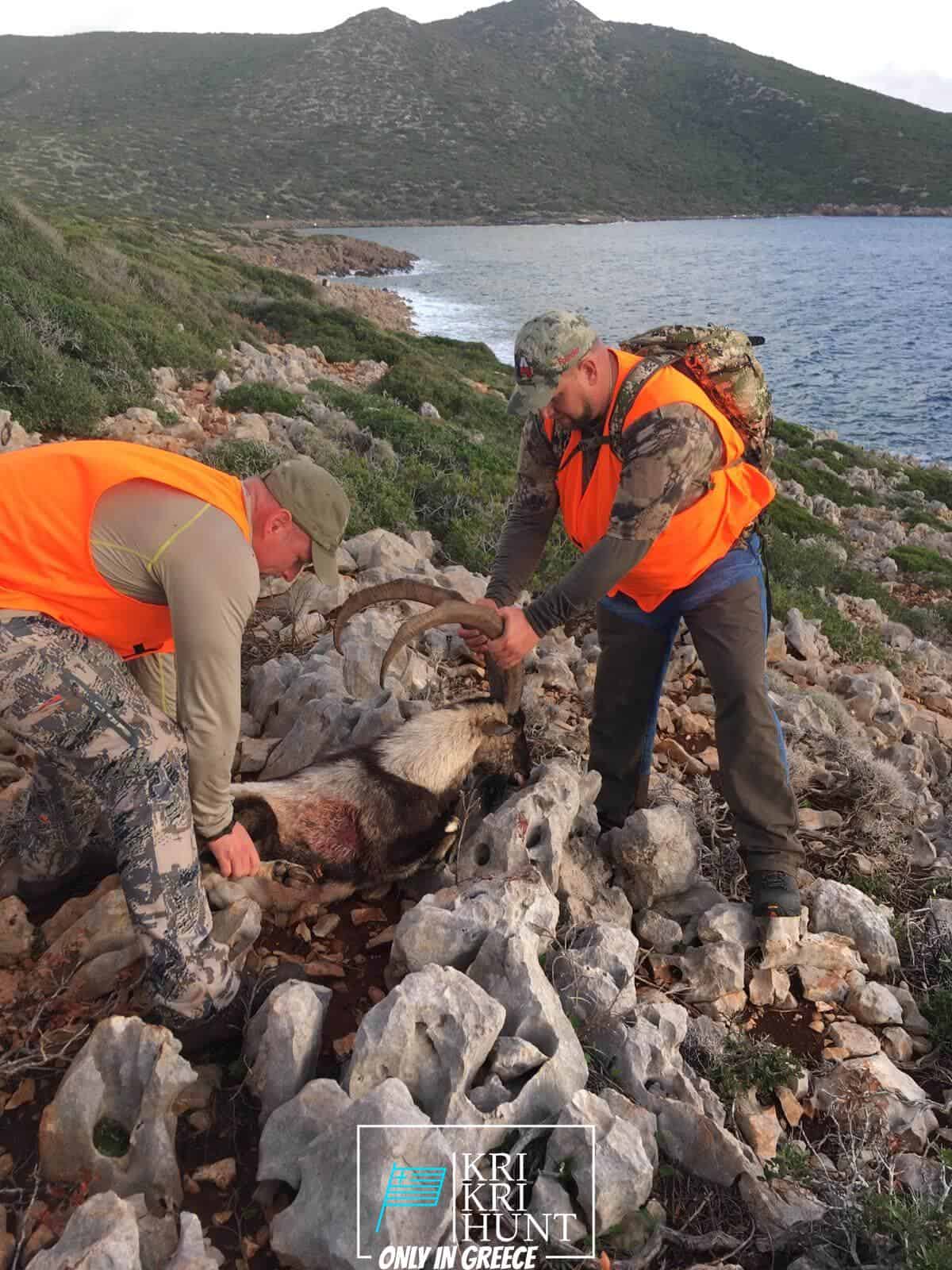
They say that the Peloponnese peninsula is the "actual" Greece. And also we claim, if you're seeking an extraordinary journey, our hunting and exploring Peloponnese scenic tour from Methoni is the perfect means to experience all that this beautiful country needs to use.

Hunting the kri kri ibex in Greece can be a difficult undertaking. Hunting large game in Greece is hard for international hunters. Swine as well as roe deer are the sole alternative for regional hunters besides the kri kri ibex, which is only pursued in very carefully protected unique hunting areas such as certain islands. The Kri Kri Ibex as well as mouflon can only be fired on special searching locations from early morning till midday, according to Greek legislation. Slugs are the only ammunition allowed. You must schedule at least a year ahead of time for a certificate. To make certain that only significant seekers are permitted on these trips, the Greek Ministry of Nature and also Agriculture problems licenses. To make certain that the government concerns a particular number of licenses annually.
On our Peloponnese scenic tours, you'll reach experience all that this fantastic area has to supply. We'll take you on a tour of some of one of the most historical and also beautiful websites in all of Greece, including ancient damages, castles, as well as much more. You'll likewise get to experience a few of the standard Greek society direct by taking pleasure in several of the tasty food as well as a glass of wine that the region is recognized for. As well as of course, no journey to Peloponnese would certainly be total without a dip in the sparkling Mediterranean Sea! Whether you're an experienced seeker trying to find a brand-new experience or a first-time tourist just looking to discover Greece's spectacular landscape, our Peloponnese scenic tours are best for you. What are you waiting for? Book your journey today!
There is really something for everybody in the Peloponnese peninsula. Whether you are interested in history and culture or nature and outdoor activities, this is an optimal location for your following vacation. If you are short on schedule, our searching as well as exploring Peloponnese Tours from Methoni is a terrific method to see everything this impressive location needs to offer.And finally, your Kri Kri ibex prize is waiting for you.
What is the diference between Kri Kri ibex, Bezoar ibex and hybrid ibex
The kri-kri is not thought to be indigenous to Crete, most likely having been imported to the island during the time of the Minoan civilization. Nevertheless, it is found nowhere else and is therefore endemic to Crete. It was common throughout the Aegean but the peaks of the 8,000 ft (2,400 m) White Mountains of Western Crete are their last strongholds–particularly a series of almost vertical 3,000 ft (900 m) cliffs called ‘the Untrodden’—at the head of the Samaria Gorge. This mountain range, which hosts another 14 endemic animal species, is protected as a UNESCO Biosphere Reserve. In total, their range extends to the White Mountains, the Samaria National Forest and the islets of Dia, Thodorou, and Agii Pandes.
This Ibex is NOT a diminutive form of the Bezoar Ibex, which has migrated into the western-most reach of the range of this species. The kri – kri (Capra aegagrus cretica), sometimes called the Cretan goat, Agrimi, or Cretan Ibex, is a feral goat inhabiting the Eastern Mediterranean, previously considered a subspecies of wild goat. The kri-kri has a light brownish coat with a darker band around its neck. It has two horns that sweep back from the head. In the wild they are shy and avoid tourists, resting during the day. The animal can leap some distance or climb seemingly sheer cliffs.
“The agrimi goat Capra aegagrus cretica is unique to Crete and its offshore islands. It has been identi®ed as a sub-species of the wild bezoar goat Capra aegagrus aegagrus Erxleben, 1777, which it closely resembles in horn shape, body form and coloration. This classi®cation has been disputed by some researchers who claim that the agrimi are feral goats, derived from early domestic stock brought to the island by the ®rst Neolithic settlers. In order to clarify this issue, DNA analyses (cytochrome b and D loop sequences) were carried out on tissue of live and skeletonized agrimi and compared to sequences of wild and domestic caprines. Results conclusively show the agrimi to be a feral animal, that clades with domestic goats (Capra hircus) rather than with wild Asiatic bezoar. This study demonstrates that morphometric criteria do not necessarily re¯ect genetic af®nities, and that the taxonomic classi®cation of agrimi should be revised.”